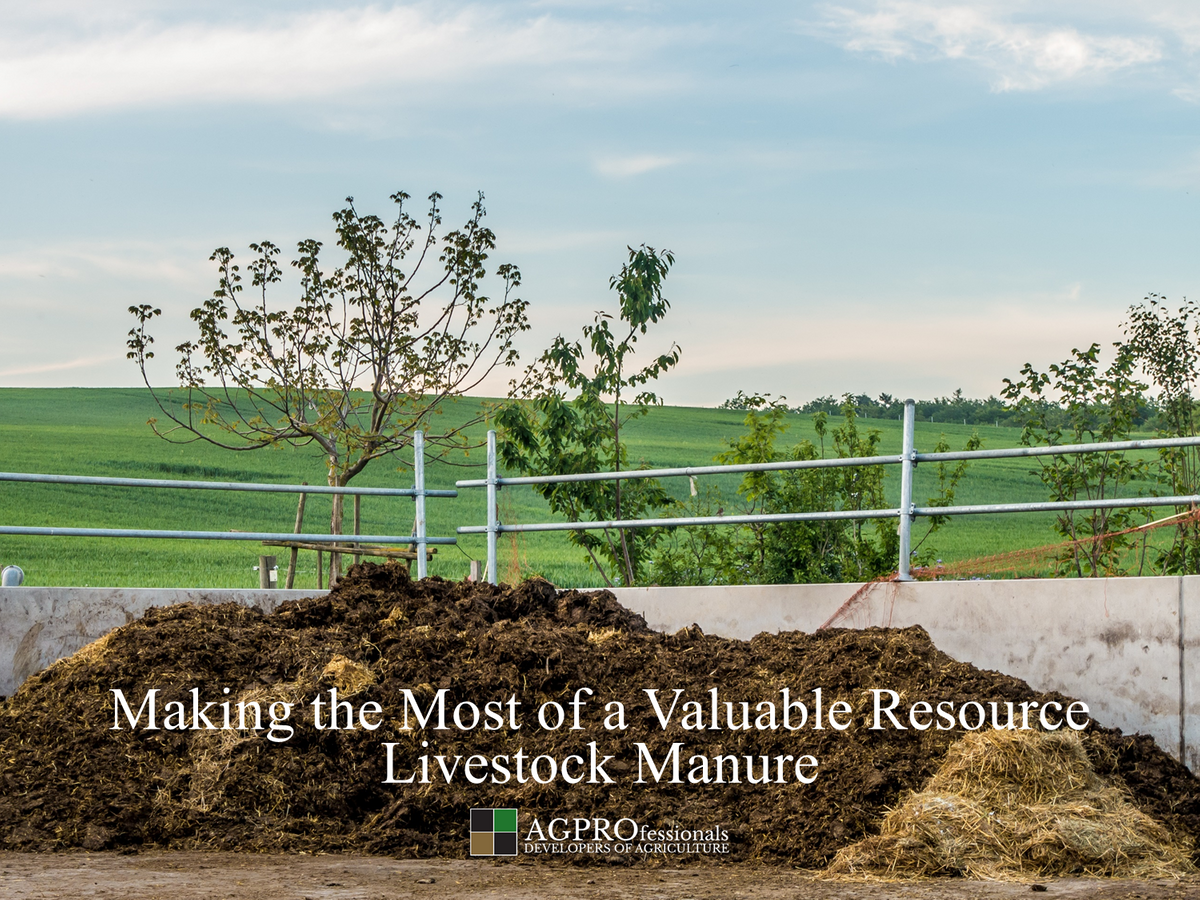
Livestock Manure: Turning a By-Product Into a Valuable Resource
Fact: Livestock producers manage a lot of manure. It’s odorous, abundant—and surprisingly valuable. When handled properly, manure becomes a powerful organic fertilizer that improves soil health, reduces input costs, and supports long-term sustainability.
Think about it: a single dairy cow can produce around 80 pounds of manure each day. Multiply that by a herd, and the numbers add up quickly. With such a plentiful resource, it makes sense to manage it wisely rather than view it as a waste problem.
Effective manure management comes down to three things: good records, reliable sampling, and a thoughtful nutrient management plan. Here’s how to make the most of it.
Understanding Manure’s Value
Manure contains essential nutrients—nitrogen, phosphorus, and potassium—that crops need to thrive. While “book values” published by universities and extension services can provide baseline estimates, relying solely on those averages can be risky. Nutrient content varies widely depending on animal diet, housing, storage, and handling methods.
That’s why regular manure testing is a best practice. According to the University of Minnesota Extension, relying only on book values can lead to over- or under-application of nutrients, reducing yields or contributing to water quality issues. Testing ensures:
- Nutrients are applied where they will provide the most value, boosting economic yield.
- The risk of overapplication and environmental loss is reduced.
- Better planning for the amount of land required when expanding or building a new livestock facility.
Collecting Manure Samples
Accurate results depend on careful collection. Keep detailed records of when, where, and how samples are gathered. Some general guidelines include:
- Frequency: New operations should collect manure samples at least once a year for the first three years, and as needed thereafter.
- Changes in Diet: Always sample if animal rations change significantly.
- Liquid Manure: Collect from several areas, since nutrients can separate and settle.
- Solid Manure: Avoid surface material—sample from multiple depths within the pile.
- Blended Operations: If both solid and liquid manure are collected, mix thoroughly before taking a composite sample.
- Storage & Shipping: Keep samples cool or frozen before sending them to the lab.
Soil Testing and Application
Manure management is most effective when paired with soil testing. Pre- and post-application soil samples provide a complete picture of nutrient availability and crop response.
- Before application: Soil tests reveal existing nutrients and guide how much manure to apply.
- After application: Post-application tests show whether nutrients were absorbed effectively and whether adjustments are needed.
- Calibration: Matching manure application rates to both soil conditions and crop needs avoids costly imbalances.
Reviewing the Results
Lab reports may present values in different formats—percentages, pounds per ton, or pounds per 1,000 gallons. Be sure you understand the units before applying manure. Because livestock diets and production systems change, it’s best to rely on current analysis rather than old values.
A useful resource is the University of Minnesota’s manure nutrient database, which compiles values from multiple laboratories and universities. AGPROfessionals agronomists can also help interpret results and build a nutrient management strategy.
Professional Support: The AGPROfessionals Advantage
At AGPROfessionals, we understand how challenging it can be for livestock producers to balance busy schedules with complex environmental regulations. That’s why we developed our On-Point Advantage Solutions service.
Through this program, our agronomists:
- Conduct regular manure and soil sampling (quarterly, semi-annual, or annual).
- Provide nutrient analysis and custom application recommendations.
- Compile results into easy-to-use reports that meet permitting and compliance requirements.
AGPROfessionals also support producers with permitting, nutrient management planning, groundwater monitoring, liner testing and certification, and preparation of regulatory documents.
Managing manure doesn’t have to be a burden. With the right plan, it becomes a renewable resource that benefits your crops, soil, and bottom line.
Give us a call. We’d love to help you!
